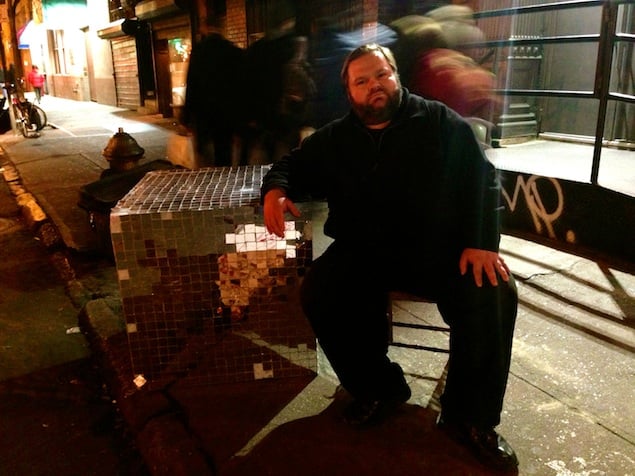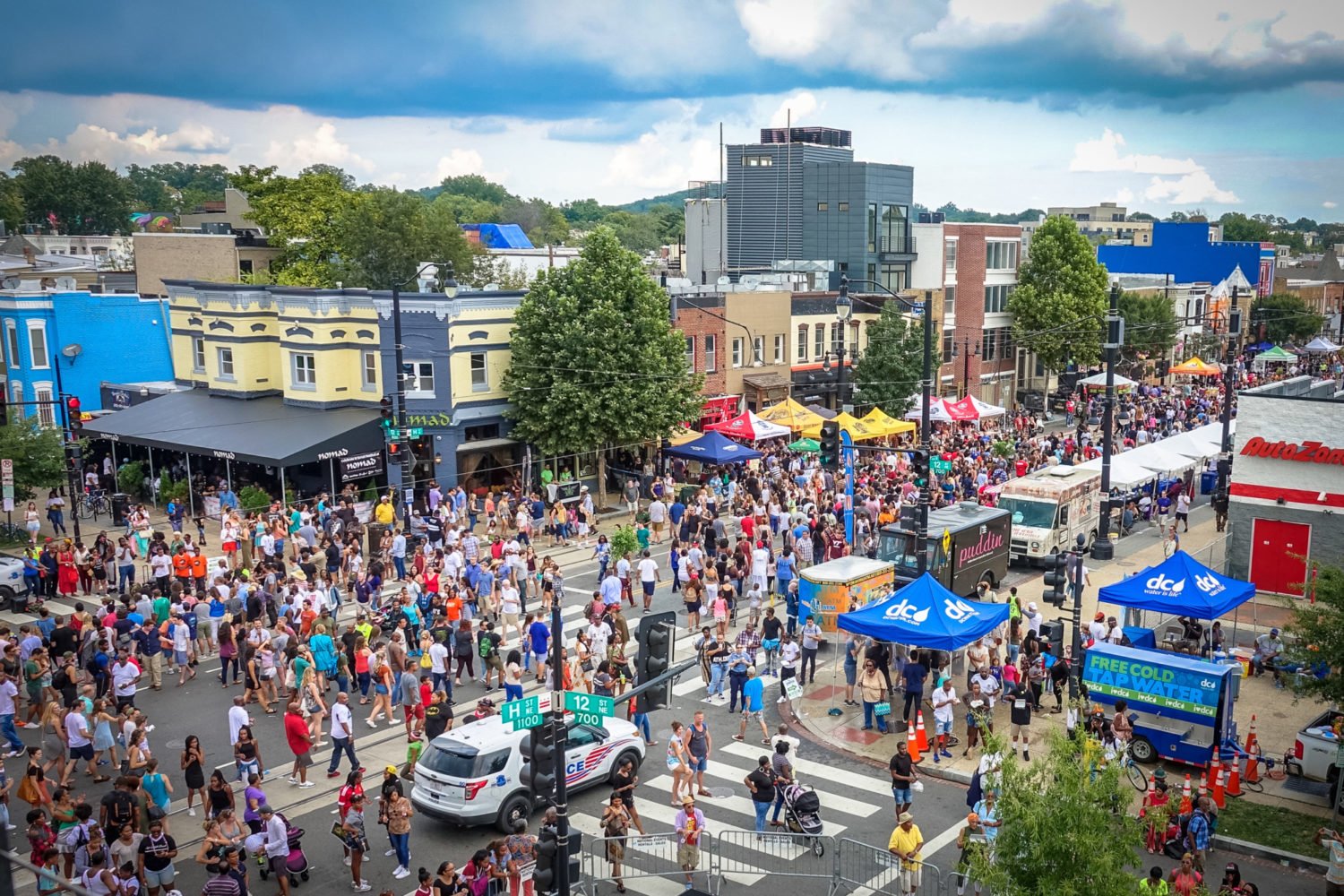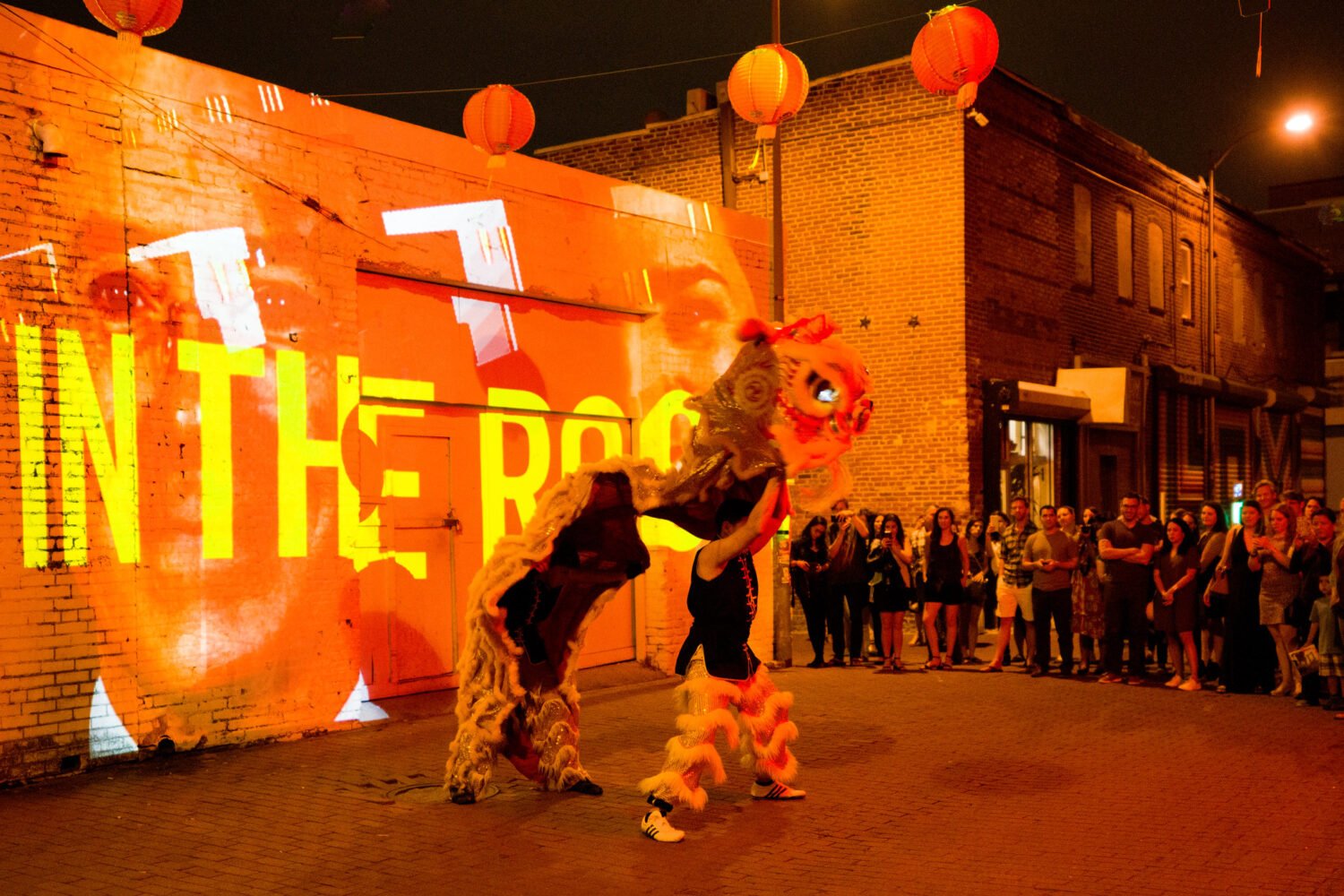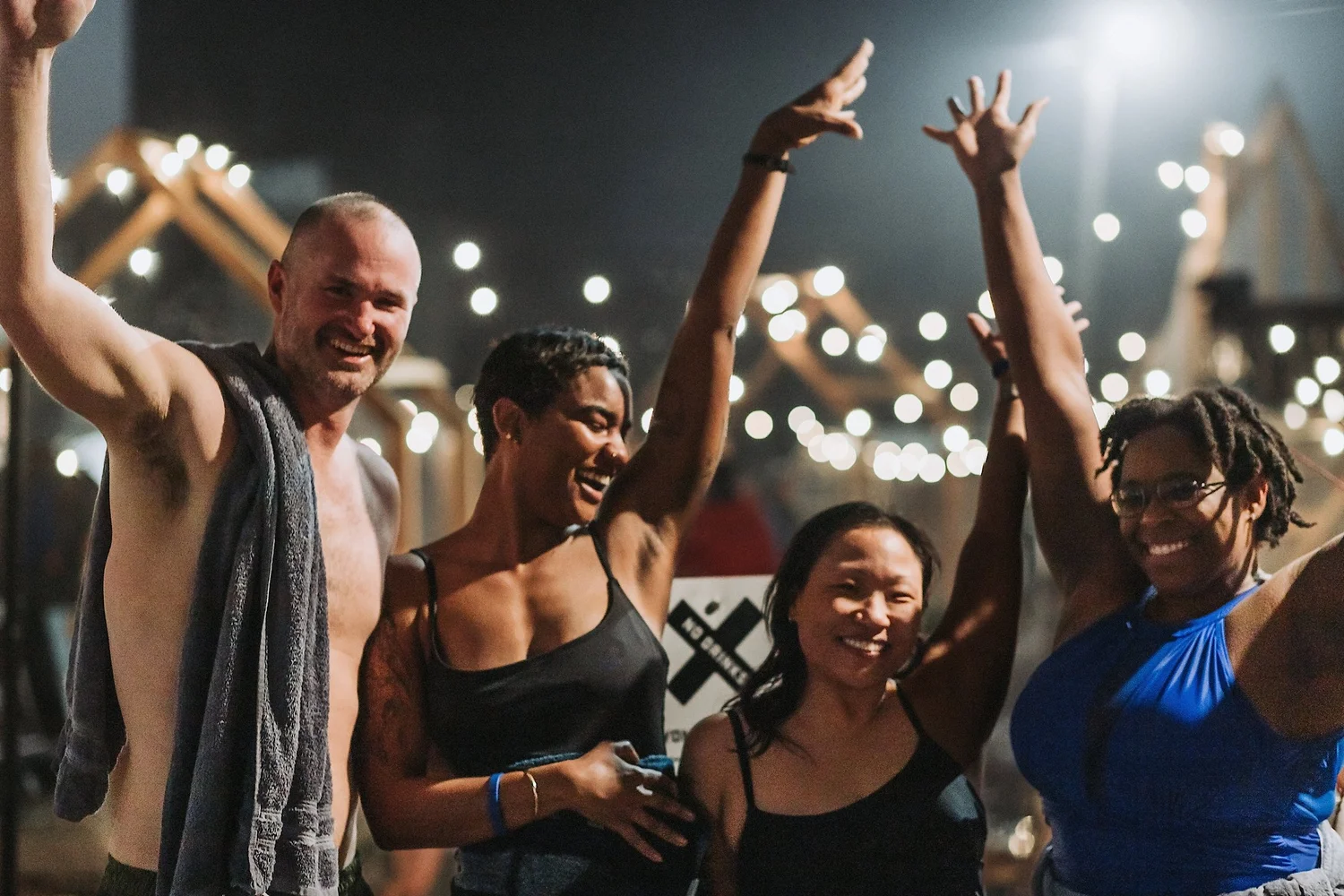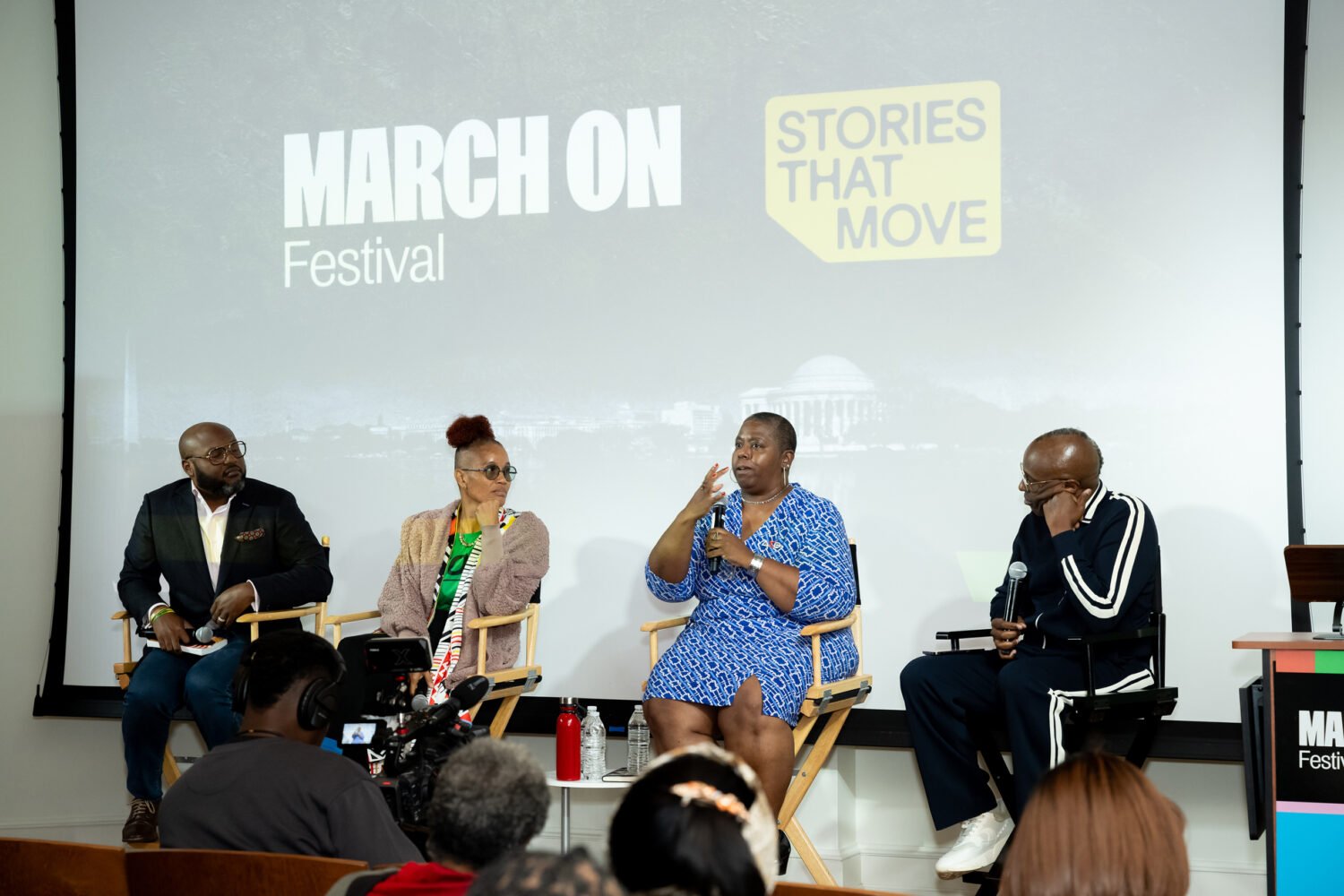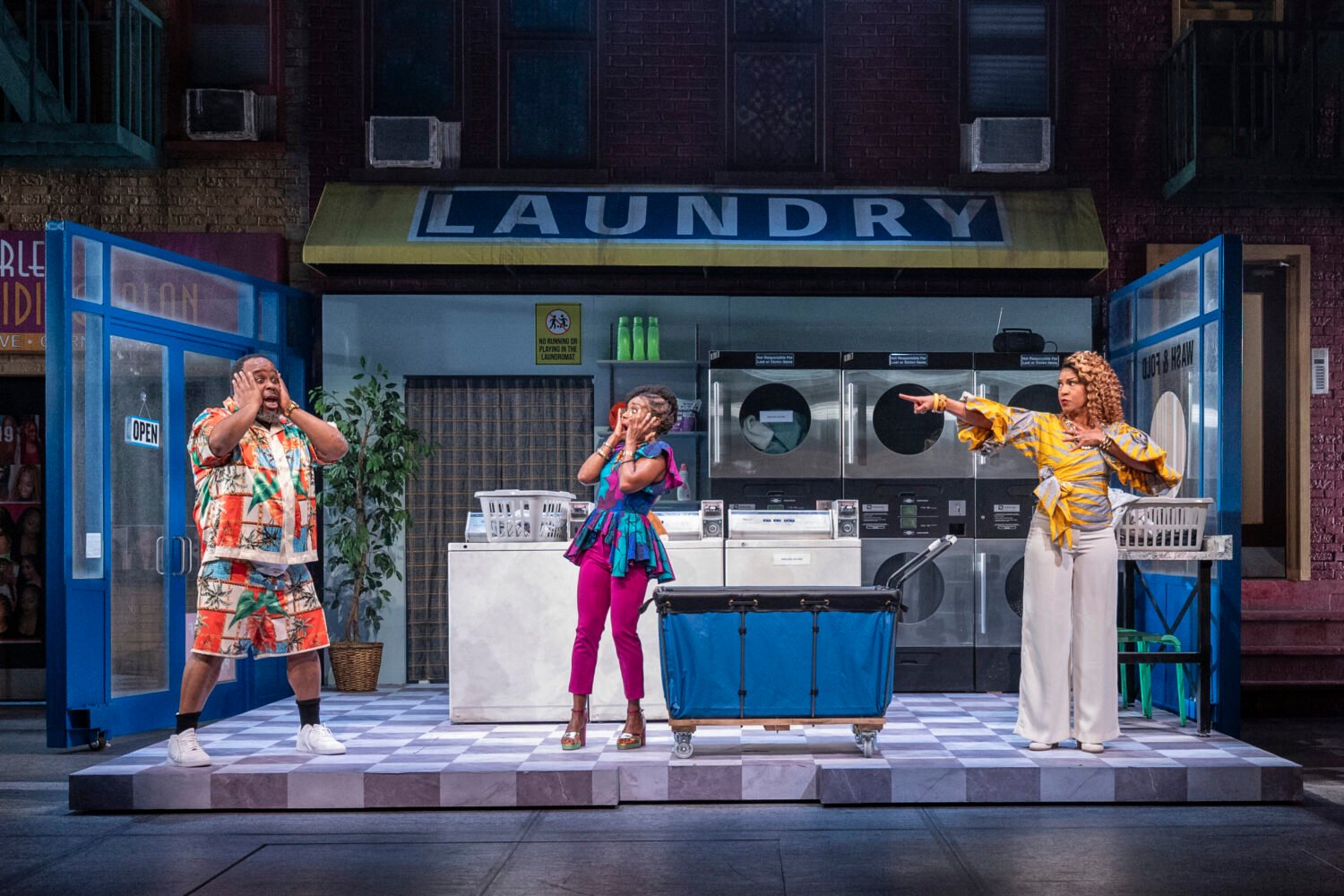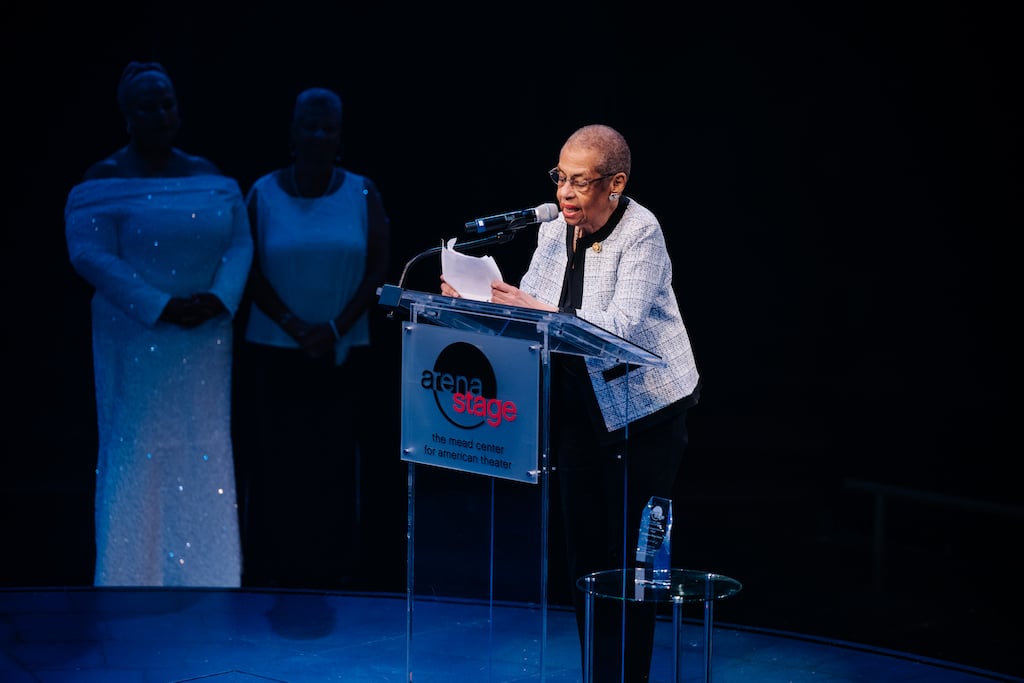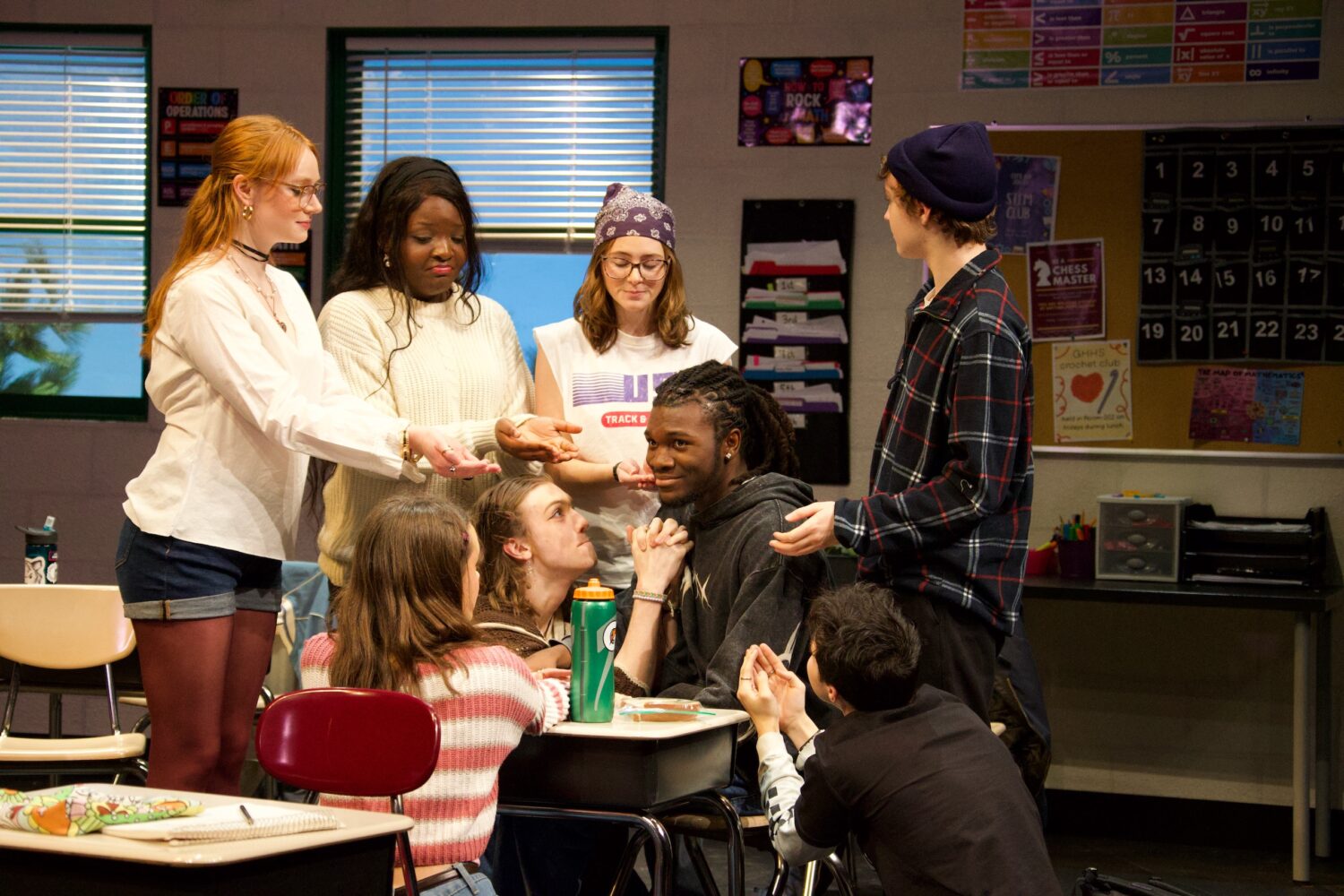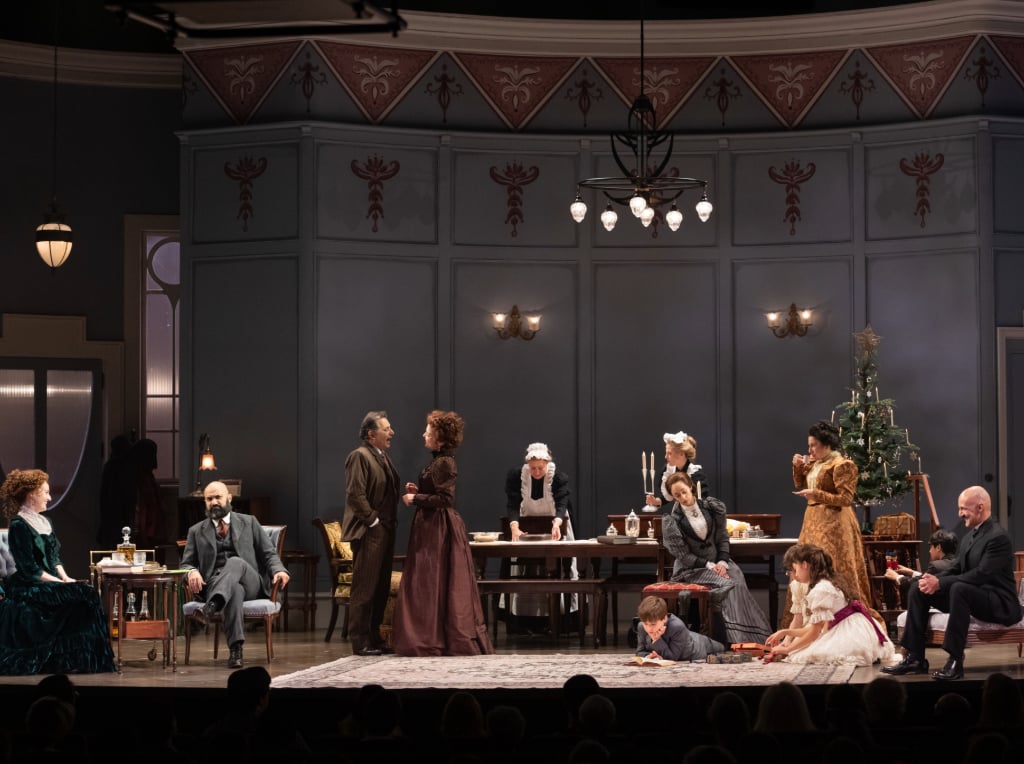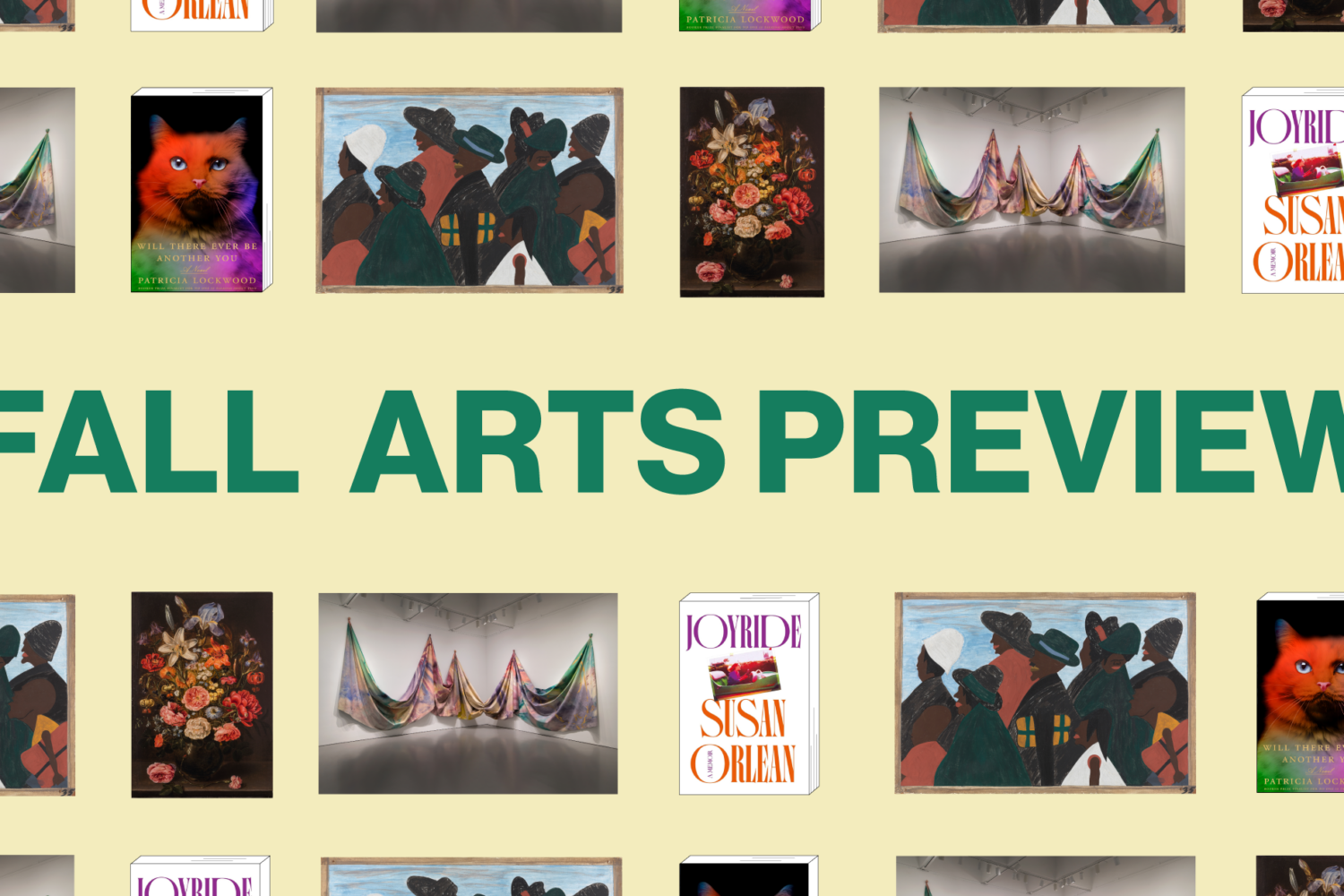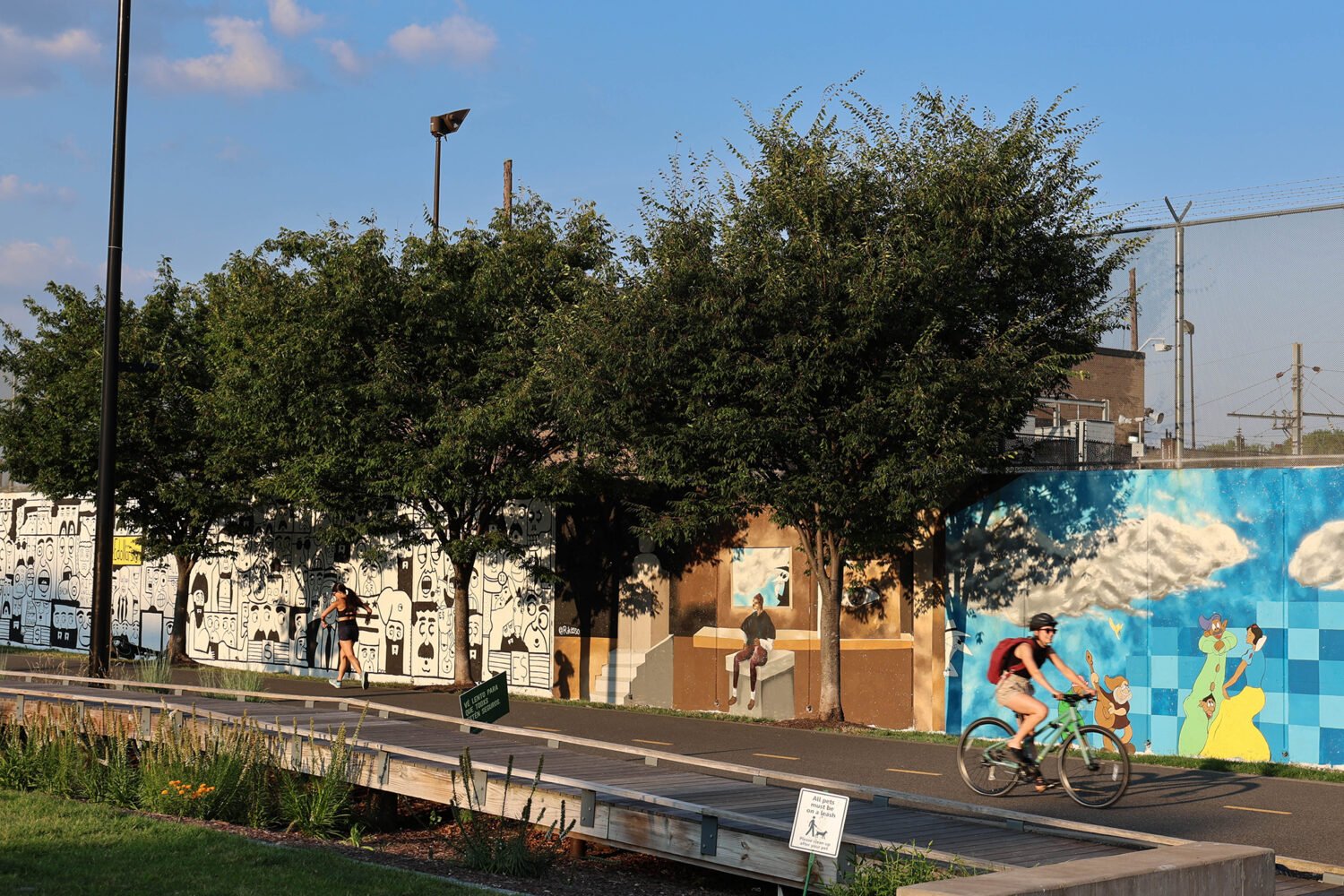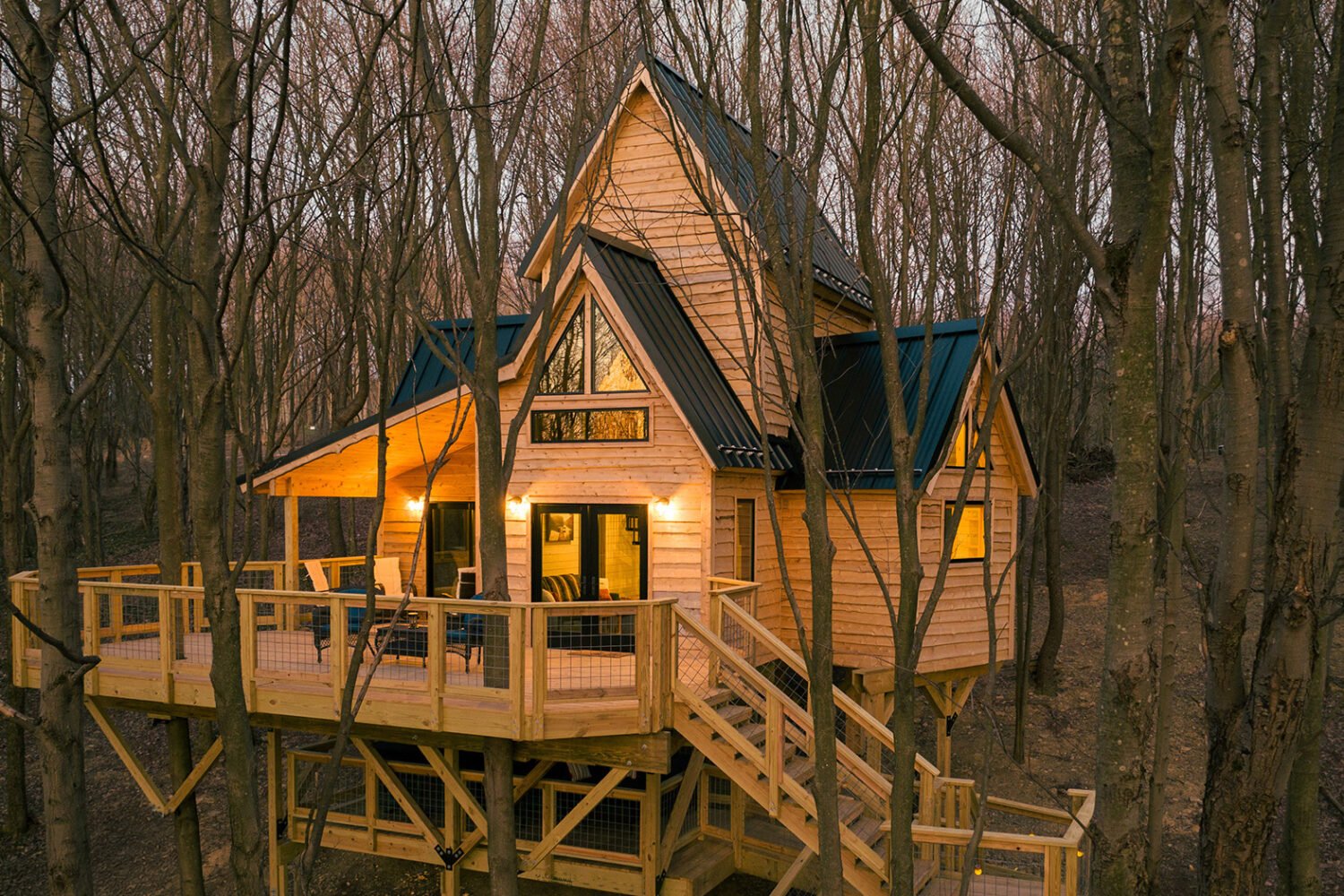The last time monologuist
Mike Daisey was in town, it was with a revised version of
The Agony and the Ecstasy of Steve Jobs, the play whose earlier incarnation sparked controversy
when it was revealed he’d played with some facts. Daisey performs his new work,
American Utopias, at Woolly Mammoth March 25 through April 21. The work explores three idealized visions:
Disney World, the Burning Man festival, and Occupy Wall Street. We caught up with
Daisey to discuss why utopias fail, his close relationship with Woolly Mammoth, and
his complex feelings about social media.
How did you come up with the idea for
American Utopias
?
The idea came to me about three years ago. It was born out of the desire to talk about
communities that are bound by a dream to make a world more perfect than the one they
live in. I’d become obsessed with utopian communities in the 19th century, and I became
interested in finding modern analogs to this desire to find a community to transform
your life. I settled on Disney World and Burning Man. Then the Occupy movement happened,
and it became clear it was the same expression of an impulse to see yourself as part
of a tribe.
Why do you think utopias are fated to fail?
Well, it’s built into their DNA. All utopias fail, and that’s in a way the major point
of a utopia—they fail in the same way that all societies fail and all civilizations
fail. The question is, how long do they persist for? The American experiment has only
gone on for about 200 years or so, and in many ways it’s a utopian expression of ideas
that were enshrined in those original documents. Right now it doesn’t feel like a
utopia because we live in it and it has problems every day, but when America ends
we’ll look back at it in a different way. Our terms for success are a little irrational.
Truthfully, the only way you can claim a utopian society succeeded is if everyone’s
totally happy all of the time.
So they set themselves up for failure.
It depends on how you define failure. Burning Man, for instance, is an environment
in which there’s very little commercialization, and money isn’t used. That can be
interpreted cynically, because you can be condescending about it and say all these
people come from a culture filled with those things, so if they go to the desert for
a week and a half it doesn’t change anything. But the truth is that being in that
environment is kind of startling because it makes you aware for the very first time
what it’s like to live, even temporarily, in a society that isn’t as commodified as
the one we live in. In large parts a utopian attempt is really an act of faith that
we can make things better.
How long did it take you to research and devise the show?
About three years. It went up for performance for the first time in July, but a lot
of the shows develop for a number of years before they come to fruition because it
turns out they need research that requires trips. I normally work on many different
projects at the same time. But I’ve really enjoyed the amount of time it’s taken to
come to the stage, because it’s a good time to talk about the Occupy movement.
What did you end up taking away from this project?
The reason I do these monologues is to explore my obsessions. I could do something
else that would be easier and better paid—and cause less trouble—but I wouldn’t be
able to find the things I’m interested in and have an excuse to spend enormous amounts
of time exploring them. It was tremendously useful to go to Disney World with my extended
family, for whom it’s their personal mecca—they worship the mouse.
How would you describe your relationship with Woolly Mammoth?
We’re married—no, dating. We’re like long-term collaborators. We really seem to understand
each other. I love their audiences. They may not be the largest but they’re the most
motivated and open to risk, and that’s a real commodity. Audiences are actually fundamentally
the same everywhere—they’re all human beings—but at the same time, and I hope this
is okay to say, I find DC audiences really hungry for compelling work. It’s not that
they’re underserved by the arts community at all, because they’re getting lots of
great work, but I think it’s because of the nature of some of DC. It’s this odd place
that does have natives, but many people are serving terms, and for a large number
of them DC is not actually the place they might have chosen to live if they felt they
were free to live anywhere else. I hope this isn’t jerky to say, but it does sometimes
feel like one of the reasons the audiences are so good is because people are hungry.
They’re like, “Oh, my God, I had to go to the State Department, my life is in a cube,
I have to go to the theater.” Hidden in some parts of DC is this wild desire to find
a place to break free.
You’re very active on social media. Do you think it helps you as an artist?
I don’t know. I hope it is. I’m working on a sequel to
The Agony and the Ecstasy about how everything’s changed because of smartphones. This level of social interconnectivity
is very acidic to barriers, and it’s very hard to find the level of engagement that
might be the right level. For most people there’s an instinct to share and aggregate
as much as possible, but I actually wonder what it does long-term—not just to artists
but to human relations. It’s too early to tell, isn’t it?
American Utopias
is at Woolly Mammoth March 25 through April 21. Tickets ($35 to $67.50) are available
via Woolly’s website.
An edited version of this article appears in the March 2013 issue of The Washingtonian.

